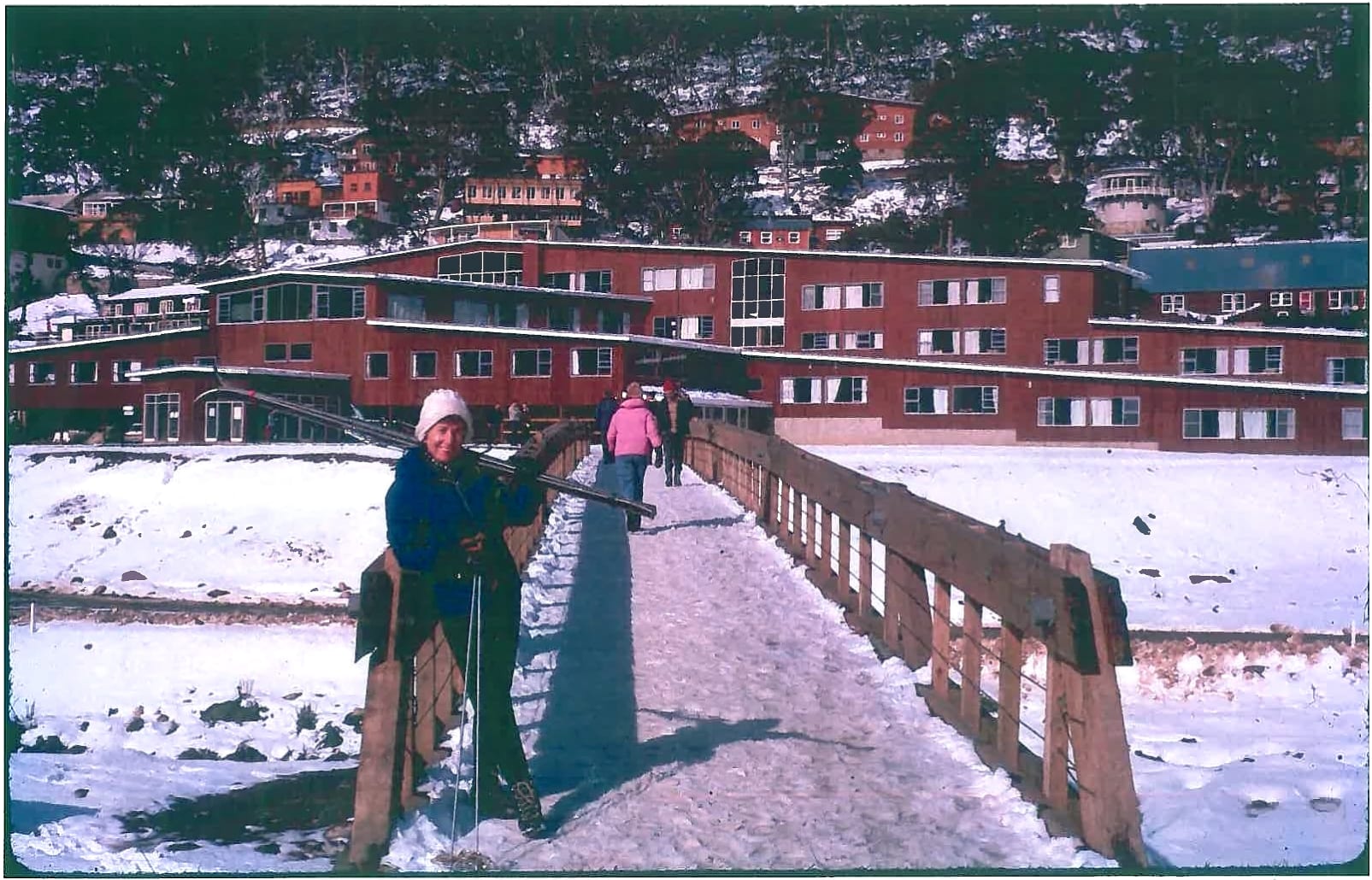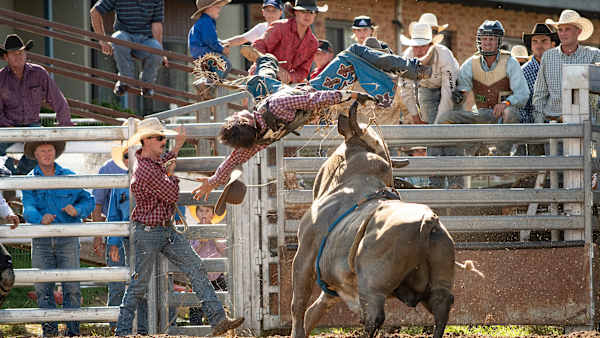By Jade Locke
In the heart of Thredbo's Alpine Village, a legacy of sophistication and celebration unfolds within the hallowed walls of the Thredbo Alpine Hotel. Over six decades, this iconic institution has evolved beyond its architectural prowess - it has become a curator of heritage, where elegance and revelry converge to create unforgettable soirees.
IN 1955 Tony Sponar envisioned transforming the mountains into a skiing haven and by 1956, Thredbo had blossomed into a skier’s dream with inaugural chairlifts and lodges being installed. The year 1957 marked a pivotal moment as Kosciusko Chair Lift and Thredbo Motel Syndicate secured a lease from the NSW Minister for Lands, granting rights for Thredbo's development. That same year chairlifts turned for the first time in Thredbo.
During this period, the syndicate sourced materials to construct accommodations. Seeking materials that were known to withstand an alpine environment they purchased some huts from the Snowy Mountains Authority. These huts, imported from Norway had served as a shelter for the German Luftwaffe during World War II. One hut became Roslyn Lodge, another a basis for Ramshead Ski Club, and the final four huts were reconstructed to create ‘The Lodge’ which was located where the Squatters Run apartments are now.
The late 1950s marked the hotel's initial habitation, with Tony and Lizi Sponar, along with their daughter Louise, making "The Lodge" their family home. The early 1960s witnessed the hotel's first expansion phase, led by architect Peter Storey. Accompanying him was Albert van der Lee, the engineer behind the Sydney Opera House who also became Thredbo resort manager.
On May 31, 1963, the transformed lodging was unveiled as the "Coach House Inn". The renovations included the addition of the iconic staircase running from Keller Concourse up to Schuss Bar. The design of the banisters was crafted to have pairs of skis slotted into them. Nobody anticipated snowboards in this era.
The subsequent year witnessed the addition of the signature stone retaining wall framing the Coach House Inn, built with rocks collected by Cees Koeman from the nearby river at Friday Flat.

Renamed Thredbo Alpine Hotel
The year 1967 witnessed a transformative rebirth as the hotel claimed its name as the "Thredbo Alpine Hotel.” Originally projected to span two years, this project was executed in just 12 months with 500-600 employees working on site 7 days a week.
The expansion showcased a new wing featuring 30 bedrooms, a guest lounge, and a revamped Keller with an investment of $1,000,000. Duncan Horne's visionary expansion elevated the hotel's bed count to 140 and expanded its public bar to accommodate 325 patrons. Outdoor amenities were also enhanced, transforming the swimming pool into an ice rink and introducing a games room.
This grand transformation, elevated the hotel's architecture to new heights. Car parks, bus terminals, dining rooms, and sun decks were conceived with meticulous detail. The crowning touch was the hotel tower, breaking the flat façade and offering a new perspective on the village.

Room rates for six nights of double bed and breakfast embodied both affordability and luxury—$60 in off-peak and $90 in peak season.
Under the guidance of Canadian trainer hotelier Harold Droga, affectionately known as "Black Harry," the Thredbo Alpine Hotel entered a new era. As the first full-time manager, Droga, along with his team, embarked on a journey of refinement. When confronted with a major dinner event for 140 Sydney businessmen, Droga's realisation that their crockery supply was limited to 15 dinner plates, 100 saucers, and three cups spurred the hotel's first significant crockery order. In the years that followed, Droga ascended to the role of Resort GM, imprinting his legacy on the hotel's heritage.
By June 1971, the Thredbo Alpine Hotel embraced the title "The Alpine Shangri-la," a poetic nod to its enchanting ambiance and the dreamscape that it conjured. It was known as a romantic, dreamlike après-ski haven nestled within a snow-kissed realm.

The hotel was the centre for the wild après ski scene at Thredbo. Every day the après would begin with the Austrian custom of a tea dance at 4:30pm in Lulu’s wine bar with a five-piece band. The rendezvous continued in the Schuss Bar with a guitarist and a pianist. In the evenings, skiers could dine and dance in the Tom Groggin (now known as Cascades), eat bistro style in the Copper Kettle (now known as The Local Pub) or enjoy a fondue in the Studl (now known as Segreto). The party continuing to the early hours of the morning, drinking and dancing in the Keller.
By 1973, ski lift ticket prices were $5.50 for adults to access Merritts terrain, or $7 for the entire mountain, a child’s priced ticket was $3. And by the summer of 1974 the Hotel swimming pool had become the centre of the village for summer activity.
Room rates were slowly on the rise in 1975 with a bed and breakfast room ranging from $17 to $24.50 per person, per night, with an additional option to add on meals for an extra $5 to $6. Packages were also available, these packages included the use of the ski lifts for a week, 5 x 2 hour skiing lessons as well as accommodation for the week with costs ranging from $153.50 to $218.50 per person.
In the year 1984, spearheaded by Ross Bonthorne, the hotel's legacy underwent another metamorphosis, culminating in the unveiling of a new conference centre added to the hotel building.
The late 80’s saw another increase in room rates with a 1 x night bed and breakfast costing $90 per person in low season and $150 per person in high season.
In the early 1990s, the Thredbo Alpine Hotel embraced a transformative painting journey led by Robin and Jane Coleman, shedding the cloak of mission brown to embrace a new external colour scheme. Guided by a symphony of grey and green, the pair worked with a major paint company to create a new colour called “Thredbo Grey”.
In 1993, the original Piano Bar transformed into what we know today as The Lounge Bar. Undergoing a significant overhaul, yet still maintaining its authentic charm, this was a testament to its enduring character. Today, the bar continues to fulfil its timeless role as a late-night bar and entertainment haven for reunions and welcoming Friday night arrivals from Sydney and beyond.
In 1994 venues were transformed which included the beloved "Stuble" restaurant change into what we now know as "Segreto," and the iconic "Tom Groggin" find new life as "Cascades." These changes were more than mere renovations; they were a reimagination of spaces that allowed the restaurants to seamlessly connect with the central staircase. The same year the information centre was built and became a hub of knowledge, guiding guests through the wonders of Thredbo and its offerings.
With the support of the Australian Institute of Sports, 1995 was the year the sporting centre came to light. A unique collaboration emerged, marked by an agreement to purchase 5000 room nights a year in the hotel over a five-year span.
1997 was a sombre year, with sections of the Alpine Way collapsing on June 30 in the Thredbo landslide. Carinya lodge was torn in two, its west wing sliding down the slope over bobuck lane, ploughing into Bimbadeen Lodge, causing it to collapse taking 19 lives. There was only one survivor, that we all know well to be Stuart Diver. The following day saw Thredbo Alpine Hotel become the base for counselling and support with councillors coming from the Salvation Army, Kosciuszko Thredbo’s insurance team, along with catholic priest, Father Wally Stefanski and the united church pastor Graham Abrahams.

As the new millennium dawned, a different kind of drama emerged on June 10, 2000. A night of indulgence in the Lounge Bar turned into an unforeseen event as some guests stoked up the open fireplace a little too heavily before bed. A groomer on mountain saw the smoke bellowing from the hotel chimney and called for help. The hotel was evacuated and no one was hurt. The artwork you still see hanging in Lounge Bar today was also saved from the fire.
Later in the year, the hotel played host to the Sydney Olympic Torch relay. Infusing the alpine air with the spirit of unity and athleticism.
In 2003 another sobering chapter unfolded with a full evacuation of the hotel and village due to the tragic bushfires, a testament to the unpredictable forces that nature can wield.
The years of 2007 and 2017 saw the celebrations of the 50th and 60th anniversaries of Thredbo Village, a witness to the enduring allure of this alpine paradise and the enduring bond it shares with its guests across generations.
And now, in 2023 the Thredbo Alpine Hotel proudly commemorates 60 years of sophisticated gatherings. The celebrations offer a chance to delve into the hotel's storied past, learn from team members who have been part of its legacy, and embark on a culinary journey through time. This milestone serves as a testament to the enduring allure of Thredbo and its cherished bond with generations of guests.
To stay at the Thredbo Alpine Hotel, visit here.










